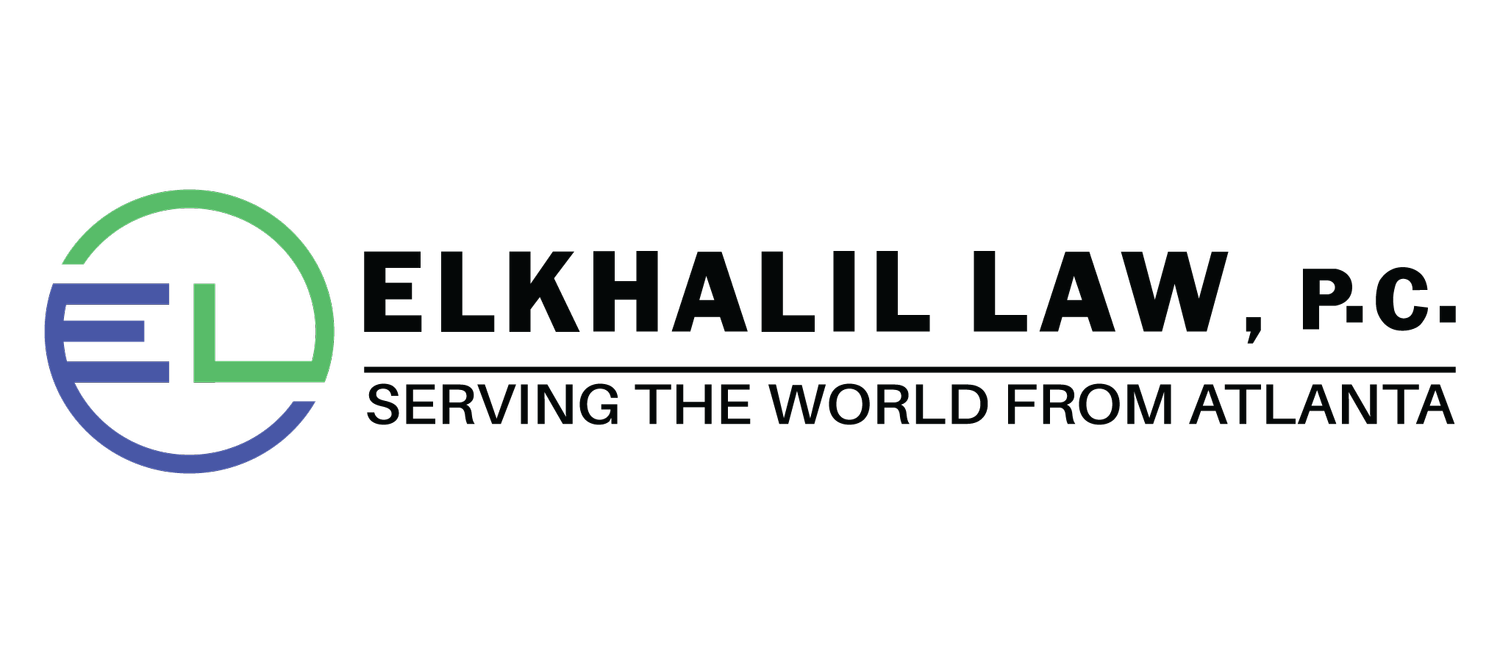Becoming Enslaved to Debt: A Vicious Cycle
Debt, in its various forms, has become an inescapable reality for many individuals and families across the world. It is a silent yet powerful force that can gradually, and sometimes rapidly, enslave people, affecting their financial well-being, mental health, and overall quality of life. This essay explores how someone can become a slave to debt and the complex factors that contribute to this troubling phenomenon.
The journey towards debt enslavement often begins innocently enough, with individuals taking on loans or credit cards to meet their immediate needs or aspirations. These financial tools can provide a sense of security, convenience, and opportunity. However, when not managed responsibly, they can quickly transform into shackles that constrain one's financial freedom.
One of the primary reasons individuals fall prey to debt is the lure of instant gratification. We live in a consumer-driven society where the desire for immediate pleasure and possessions often overshadows the importance of saving and budgeting. Credit cards, payday loans, and buy-now-pay-later schemes offer an illusion of wealth and ease, allowing people to acquire goods and services they cannot afford outright. This creates a cycle of dependence on borrowed money to sustain a lifestyle beyond their means.
Additionally, unexpected financial emergencies can push individuals further into debt. Medical bills, car repairs, or home maintenance can strain budgets, leading people to rely on credit to cover these unforeseen expenses. In many cases, the debt incurred to address such emergencies can snowball, especially when high-interest rates are involved.
Society's emphasis on materialism and keeping up with societal expectations can also drive people into debt. The pressure to own a home, drive a certain car, or provide an extravagant lifestyle for one's family can lead individuals to take on excessive mortgage or consumer debt. This desire to maintain appearances often overshadows the importance of financial prudence.
Furthermore, the lack of financial education and awareness contributes significantly to the cycle of debt enslavement. Many individuals enter the world of credit without a clear understanding of interest rates, credit scores, or responsible financial management. This lack of knowledge can lead to poor financial decisions and a growing debt burden.
The debt trap becomes even more insidious when people use credit to compensate for stagnant or insufficient income. When wages fail to keep pace with the rising cost of living, individuals resort to loans and credit cards to bridge the gap. This can lead to a vicious cycle where debt accumulates faster than it can be paid off, ultimately leading to financial distress and anxiety.
Another factor that perpetuates debt enslavement is the normalization of debt within society. When everyone around you is using credit to finance their lifestyles, it's easy to overlook the long-term consequences. This normalization can make it challenging for individuals to recognize the gravity of their financial situation until it's too late.
In conclusion, becoming enslaved to debt is a gradual process influenced by a complex interplay of personal choices, societal pressures, and economic circumstances. Debt, once considered a lifeline, can quickly transform into a prison. Breaking free from this cycle requires a combination of financial literacy, discipline, and a reevaluation of priorities. It is essential for individuals to take control of their finances, seek assistance when needed, and make conscious decisions to prevent the chains of debt from tightening their grip.

